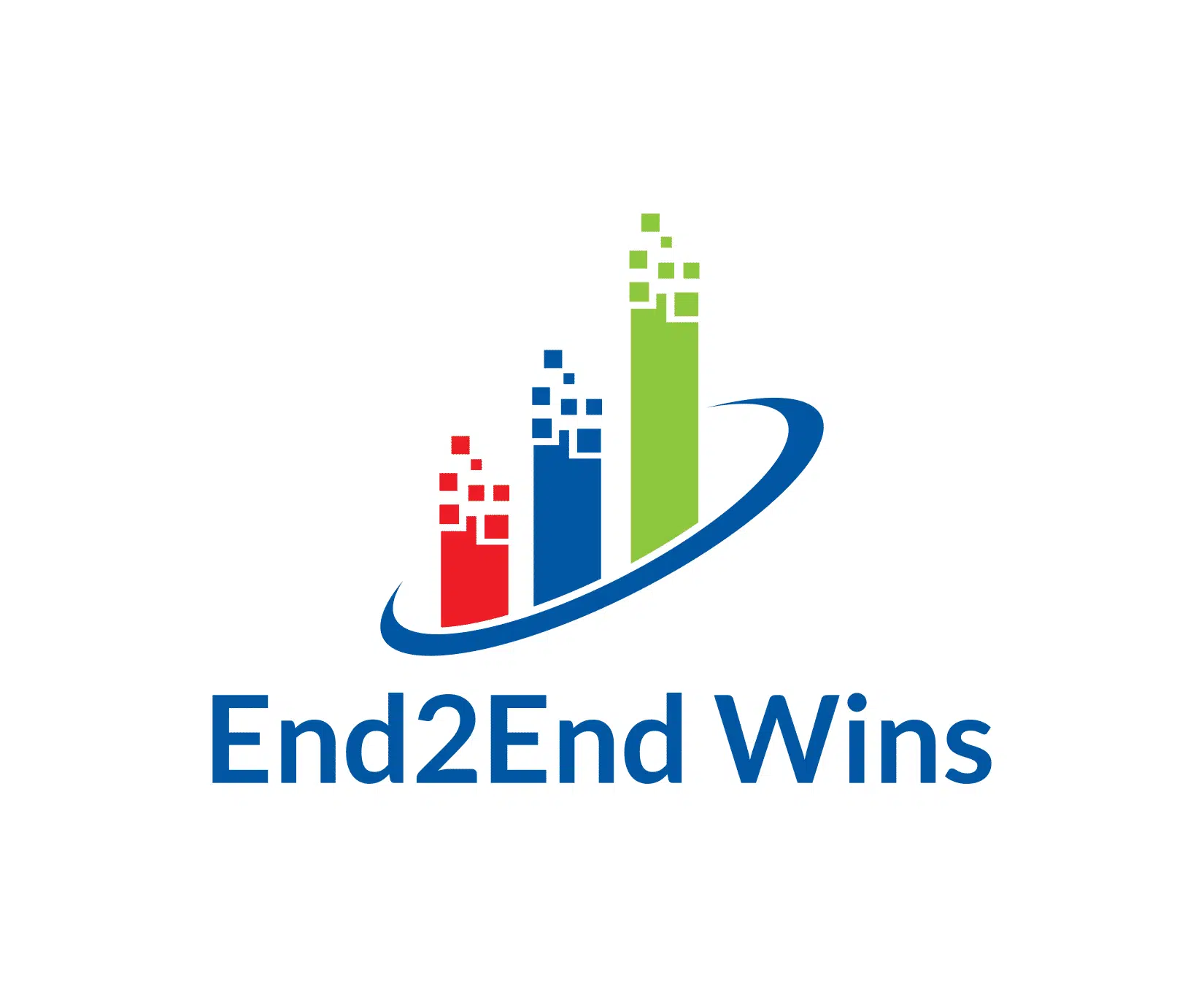I’m blessed to serve in a unique two-fold capacity in the world of work. I help organizations with their talent management initiatives, such as retaining key talent, developing leaders, and improving team dynamics. In my part-time role with LHH, I also have a chance to assist job candidates with navigating what is often an unexpected career transition.
I get great personal satisfaction from helping others achieve their goals, whether an organization or an individual. Being positioned in this “sweet spot” also helps keep me well informed on emerging trends and best practices, notably how organizations are winning the battle for talent and how individuals in career transition are successfully landing new roles.
In 2021, I supported hundreds of individuals in career transition. I frequently heard three common frustrations from many of them. Do any of these frustrations describe your organization’s hiring processes? If so, you are losing the best talent to other employers.
1. The Endless Maze of Interviews for Job Candidates

Job candidates for all levels typically undergo interviews with multiple individuals at the hiring organization. Many organizations include several internal stakeholders in their hiring process for two reasons. Key stakeholders have input to the hiring decision. Moreover, there also is a general belief that the group’s collective perspective will help de-risk the chance of a bad hiring decision.
According to one of Indeed’s FAQ pages on interviewing, it takes on average two to three interviews for a company to select a candidate. Based on what I saw in 2021, that estimate is very understated and outdated. My experience is that most mid-level candidates, on average, go through at least four to five interviews. Some candidates go through even more rounds of interviews. To be clear, I’m not referencing the most senior levels of an organization. My estimate of 4 to 5 is an aggregate across all levels. As a former CEO and CFO, I get it. Hiring the wrong person for a role can be costly, particularly in the existing talent landscape. However, all of these additional interviews cost organizations in other ways.
Today’s job candidates have more options when it comes to finding employment. When faced with the choice of multiple opportunities, candidates most often will take the “bird in the hand” as opposed to waiting for the other organizations to work through their arduous hiring process. I saw countless instances in 2021 where organizations missed out on landing great talent because of their seemingly endless number of interviews. The worst case that I will never forget was an organization that subjected a candidate to nine interviews. Yes, a candidate went through nine interviews for a mid-level management position. The candidate ultimately accepted a role elsewhere.
Key takeaway: The organizations with streamlined hiring processes are the ones that will win the battle for talent. These organizations have optimized their hiring processes by leveraging technology, data, and science. For instance, top-performing organizations have incorporated behavioral data into their hiring processes to identify the talent that best fits the job, the team, and the organization. As a result, there are fewer interviews, lower replacement costs, and a greater hiring success rate.
2. The Black Hole and The Impact on Job Candidates

The feedback that candidates receive after applying for a position ranges from feast to famine. Many organizations do a great job of keeping candidates apprised of status – they acknowledge receipt of the candidate’s resume and quickly let the candidate know if they were not selected. However, many other organizations provide minimal feedback; some don’t even acknowledge receipt of the resume. The worst example of 2021 was when an organization sent a rejection letter nine months after the candidate initially applied. Talk about rubbing salt in the wounds. By that time, the candidate had moved on to pursue other roles. The rejection letter simply reminded him of his overall negative experience with the organization.
Key takeaway: Job candidates vividly remember their career transition experiences and share them with others in their network. Word gets around about “good” and “bad” organizations. Evidence points to a reasonable correlation between excellent communication practices and attracting talent. Said differently, the organizations that are better at providing feedback seem to be more successful in attracting and landing talent. I have seen that play out multiple times over the past year.
3. The "Hot and Cold" Recruiter

A Nov. 22 Wall Street Journal article cited recruiting firms’ struggle to hire recruiters. The article noted that job postings for recruiter positions more than doubled from the beginning of 2021. Consequently, many recruiting firms are struggling to keep up with the demands of their clients. In addition, many recruiters are suffering from “burn out” as they too are stressed and stretched.
The current shortage of recruiters exasperates a “hot and cold” perception that candidates often feel during the career transition process. Many candidates have long described this kind of experience. They engage with recruiters, the initial communication goes well, they get excited about potential expectations, and then the communication abruptly comes to a halt. I coach candidates to keep their expectations in check and be persistent about follow-up, especially when the dialogue goes silent. Everyone in the world of work is dealing with multiple priorities, and there are plenty of distractions that can cause communications to go silent. Nevertheless, candidates get very frustrated when they have a “hot and cold” recruiter experience. Want to win the battle for talent? Definitely check-in with your recruiters to see how they are doing.
Key takeaway: Organizations need to have frequent open-and-honest communication with their recruiting firms (or internal recruiters) regarding the hiring workload and the number of candidates. They ultimately need to partner on new and innovative solutions to improve the recruiter-candidate experience. Progressive organizations that can identify and address these challenges will be huge winners in the battle for talent.
Summary
In closing, the top-performing organizations are transforming their hiring processes to match the needs of job candidates. Those organizations that best address the three frustrations noted in this post will be the biggest winners in the battle for talent.
I help organizations improve employee retention, develop their leaders, increase employee engagement, and foster better teamwork for optimal results. Please feel free to reach out to me via LinkedIn or visit https://end2endwins.com if you would like to learn more about my services and workshops.

